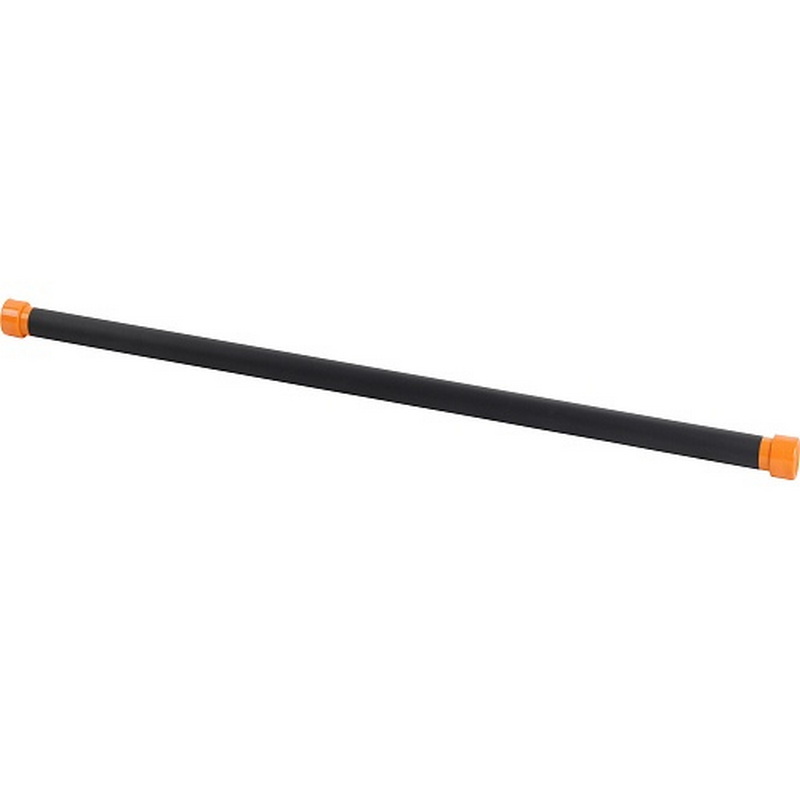Coating one material with a thin layer of another - this technological operation has been known to man for a long time and is used for various purposes - both noble and fraudulent. A cheap iron part can be coated with a thin layer of another metal to protect it from corrosion, to give a better appearance, to improve the mechanical and electrical properties. The copper-plated surface can be coated again with another metal such as nickel or chromium. Copper plating of metal at home is mainly done for the sake of a decorative effect, including for covering furniture fittings, cutlery, metal parts of chandeliers, jewelry, etc.
Copper plating of the surface of a simple piece of iron gives similar results. "Master Samodelkin" from time to time is interested in the question: how to copper any metal parts without electrolysis in a few seconds at home. Many different variants are known.
Read in the article
- 1 Process chemistry
- 2 Features of the copper plating process
- 3 Safety engineering
- 4 Equipment and materials
- 5 Process technology
- 6 Conclusion
Process chemistry
Copper plating of metals is performed on the basis of two basic methods. Electroplating copper plating is performed using electric current, chemical copper plating does not require electricity. Both methods require the use of an electrolyte based on copper sulfate. In chemical copper plating, a catalytic mechanism is activated, which accelerates the chemical reaction of copper deposition on the surface of another metal. But with the chemical method, the copper coating layer has a small thickness, but the coating procedure is quite simple and cheap. In the chemical method of copper plating, the movement of copper anions occurs due to the different electronegativity of metals. The formula of the complex anion of the coating looks like this: anion [CuC4H4O6(OH)2]2- .
External electrical energy is not spent on this process, so the coating layer is thin. But this method can be used to create thin decorative films not only on metals, but also on other materials - plastic, glass, plant leaves and even insects.
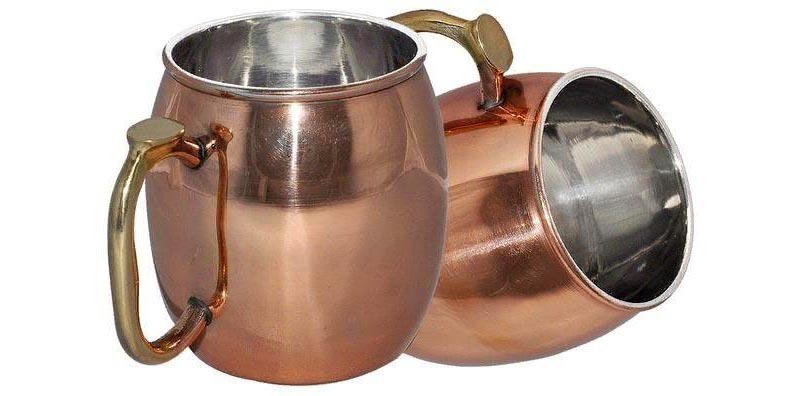
Features of the copper plating process
Copper plating without electric current consists simply in covering the product with a solution of copper sulfate using a paint brush. A prerequisite is thorough cleaning of the part with an emery cloth and rinsing with water. The better the product is cleaned, the better the copper plating of its surfaces will be.
Copper sulfate should be as pure as possible, the copper sulfate content should not be lower than 97–98%. When copper plating aluminum, you need to work quickly, as the surface of the aluminum oxidizes quickly.
Raw tap water is not suitable for electrolyte preparation because it contains a lot of chlorine. The water must be boiled and allowed to stand for a long time.
Safety engineering
It is necessary to work with copper sulfate carefully. Although the substance is not toxic, contact with the skin, especially the eyes, should be avoided. But if the process uses sulfuric or hydrochloric acid to clean parts and to add to the electrolyte, it is recommended to carry out all work in rubber gloves, a protective apron, and even better - to work in a respirator and protective glasses. Before disposal, electrolyte should be neutralized with alkali or soda.
Equipment and materials
To carry out the process of chemical copper plating, you can use many different solutions, but in each specific case, a minimum set of equipment and reagents will be required. Any plastic or glass container can serve as a galvanic bath. The electrolyte is prepared from pure water and copper sulfate. You will also need sulfuric acid (battery fluid), soda, trimming copper products (pipes, tires, contacts) and emery cloth on a cloth basis.
The solution of chemical copper plating contains a salt of bivalent copper (copper sulfate), complexing agent, reducing agent (formalin), accelerating and stabilizing additives, sodium hydroxides to regulate pH. The rate of copper plating increases with increasing temperature and with the introduction of some additives (sodium carbonate, pyridine).
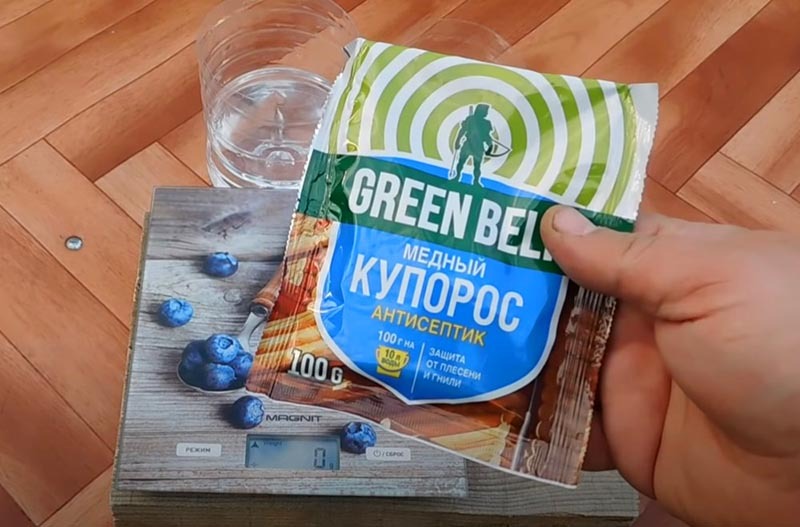

Process technology
In order to complete the copper plating procedure, you need to load the part into the solution for some time. In the process of copper plating, you need to monitor the temperature of the solution, its concentration, acidity. Stir the solution slightly, do not allow the presence of other metal objects, except for copper-plated ones.
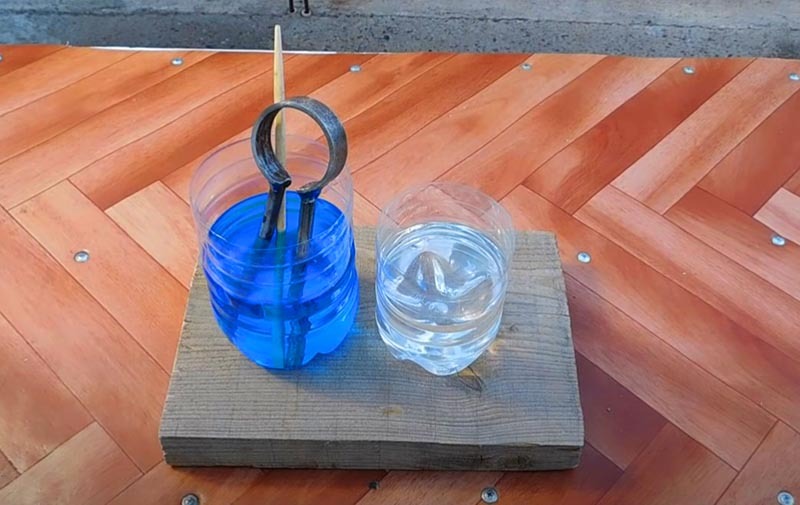
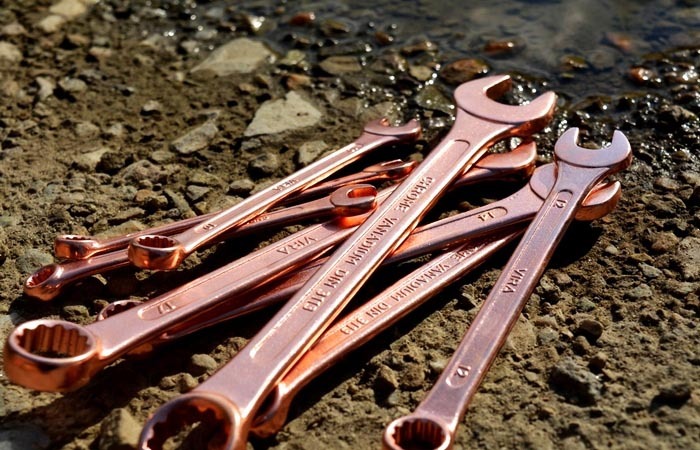
Conclusion
Among the many hobbies of home craftsmen, copper plating is distinguished by the fact that it is a chemical process. It boils down to changing the material properties of the workpiece. Changes in color, electrical conductivity, corrosion resistance and a number of others. An understanding of the basics of chemistry is essential. But the result is worth it. A completely different product appears in the hands of the master.

